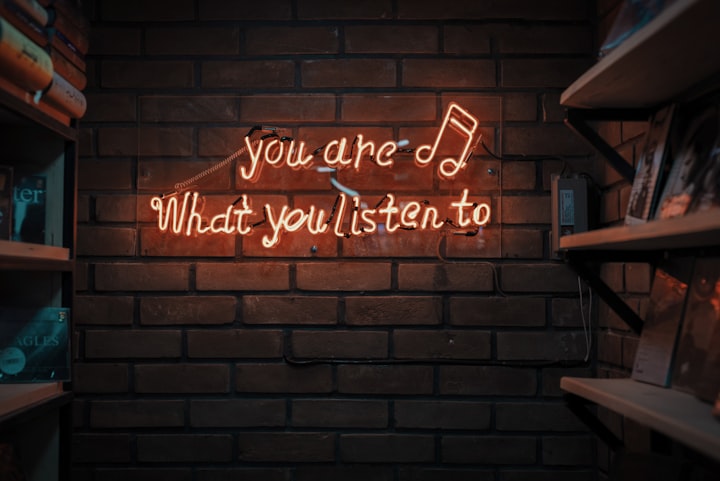
Artistry is the method for communicating reality in the entirety of its culmination. People developed artistry to reproduce reality and the marvels of the target reality in a rhythmic structure. A few researchers keep to the perspective that the idea of craftsmanship is like that of culture, subsequently distinguishing artistry with culture. There are different types of expressions on the planet; some are old-style, others are pioneer or neoclassical. Among the sorts of craftsmanship can be recognized the accompanying ones, as the most significant and the most famous among individuals: visual expressions (counting painting and drawing), writing (exposition, verse), figure, engineering, and different sorts of music.
Seeing that there are countless such types of artistry, we should comprehend that they don't exist in complete disconnection from one another. On the contrary, a wide range of expressions interface with one another and are in close association with those nearest to them. This implies that presentations grew firmly associated, and these days, an ever increasing number of bits of artistry are being made not by a solitary sort of craftsmanship but rather by the blend of them that gives the peruser or the audience or the observer with the total picture of either imaginative thought. This can be exemplified by the movies made after some scholarly works, similar to "Hamlet" or "Da Vinci Code," or verse made as to the finish of a specific composition, identical to the canvas and a sonnet named "Trackers in the Snow," or a melodic creation which is a reaction to some artwork or painting. The last is only the situation that we will talk about in the current article – this is known as the marvel of melodic ekphrasis. To keep away from any potential vagueness of the terms in this paper, we should begin our scientific work by characterizing the idea of melodic ekphrasis.
Melodic ekphrasis – is the melodic (sound) impression of a specific piece of real or visual artistry. The musical ekphrasis is made by a craftsman other than the maker of the first work. One approach to investigating music's capacity to deliver visual artistry results is to mastermind instruments picked by the author in a solo piece of ekphrasis utilizing an envisioned scale between, at the one end, the notorious and, at the opposite end, the suggestive. Another term that requests definition is the term of the program music and the melodic ekphrasis.
Program music is the sort of music that describes or paints, addresses, or recommends stories or scenes (or even occasions or characters) that exist or are not out there yet enter music according to the arranger's perspective and from their brain. The circle of use for the idea "program music" is broad, going from the passionate articulation related with nature, through the portrayal of a chronicled or artistic legend, up to the melodic impression of a logically saw "world" (Bruhn, 2008). The musical ekphrasis portrays an anecdotal reality made not by the writer of the piece of music: a painter or an artist. Ekphrastic music frequently relates not exclusively to the plot of the passed-on anecdotal reality however to the structure and style of its portrayal also.
After the terms are characterized, we can investigate the picked masterpieces according to the perspective of ekphrasis. These works are the painting Die Zwitschermaschine (Twittering Machine) by the famous German painter Paul Klee. The musical works under a similar title executed by the notable German author Giselher Klebe and the Lithuanian writer Rytis Mažulis who is viewed as the "learned person" craftsman.
The actual artwork presents the picture of a twittering machine, I. e. a thing comprising of slim lines and a few springs. It is worked with a mobile handle and should create certain twittering sounds. Taking a gander at the composition by Klee, each observer envisions these sounds. However, nobody can say certainly they are precise or not. The possibility of artistic creation lies – it gives the crowd probability and space for wild work of creative mind and designing its thoughts. The test for any arranger who might attempt to address this composition in the sound structure was the undertaking of creating the sounds that would concur with what the crowd envisioned while taking a gander at the image and what the work of art's creator intended to say. The aftereffects crafted by the two previously mentioned overall renowned writers will be examined and looked at beneath.
The instrumental translation of the work by the German writer Giselher Klebe assumes the entire scope of a depictive method for the melodic language. A few minutes in this work can be viewed as near sound to word imitation. Sounds all through the piece of music truly take after the developments of a specific machine comprising metal subtleties and requirements oiling. This machine produces twittering sounds, which don't permit any elective when the audience sees the work. The sound is by and large what most of the observers of the individual canvas expected to hear from the machine. While music is designated "a language," we realize that it can't portray straightforwardly, basically saying "red" or "dark." In a request for the audience to see how music reacts to the piece of artistry, the onlooker needs to be familiar with the improvement. The significance of the audience's knowledge of the first masterpiece develops proportionately to the level at which an arranger builds up joins among melodic and extra-melodic substance of that unique work. For this situation, paying attention to Klebe's work, we would not have the option to envision precisely the machine painted by Klee if we had not seen the composition sooner than heard the piece of music (Bruhn, 2008).





Comments
There are no comments for this story
Be the first to respond and start the conversation.